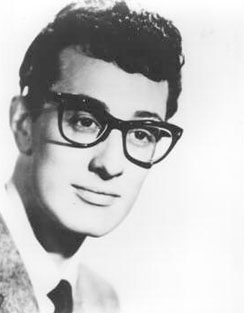If you haven't already started following us on Facebook or Twitter, there's no time like the present! We will have a bigger presence on social media in 2013, so be sure to sign up.
Since a question we get asked a lot is "Why does the ball drop on New Year's Eve?" we are running below our previous post on the subject. Enjoy!
Michelle & James Nevius
www.insidetheapple.net
__________________________________________________________________
Tonight, an estimated billion people around the world will watch the illuminated ball drop in Times Square to ring in the new year. This New Year’s tradition dates back 102 years—the dropping ball replaced an earlier fireworks display—but the notion of dropping a ball as a way of keeping time is an older tradition.

In 1877, a ball was added to the top of the Western Union Building on Lower Broadway. Each day at noon, a telegraph signal from Western Union’s main office in Washington, DC, would trip a switch in New York and the ball would descend from the flagpole. Visible throughout the Financial District—and, more importantly, from all the ships in the harbor—it allowed people to reset their watches and ship chronometers. For the first time, New York ran on a standard time.
As the New York Times noted in 1877, this idea of a ball dropping to keep the time wasn’t new. For many years prior to the Civil War, the New York custom house had signaled the time with a ball drop and in the 1870s it was common to find time balls in major European ports. However, when it began operation in April 1877, the Western Union ball was the only one in a North American port and quickly became a fixture of the Manhattan skyline.
(Western Union, afraid that it wasn’t always going to work, set up a system whereby a red flag would be flown from 12:01 to 12:10 p.m. on days that the ball refused to drop. Further, information would be sent to the press each day informing them whether the ball actually dropped at noon or had fallen at the wrong time!)

In 1907, the New York Times—then owners of the skyscraper from which the ball drops on New Year’s Eve—adopted the time ball as their symbol for ushering in the new year. That original Times Square ball, made of iron and wood and lit by 25 incandescent lights, weighed 700 pounds!
In 1911, the original Western Union Building was demolished by the company’s new owners, AT&T, so they could erect a larger structure. (That impressive marble building, known as 195 Broadway, still stands.) Plans called for a new time ball, but by the time the new AT&T headquarters was finished, the ball had been replaced by a giant, gilded statue by Evelyn Beatrice Longman called The Genius of Electricity. (The statue remained on the building until 1980, when it was removed, restored, and installed in lobby of the AT&T headquarters in Midtown. It now resides in Dallas, Texas.)
* * *
As the New York Times noted in 1877, this idea of a ball dropping to keep the time wasn’t new. For many years prior to the Civil War, the New York custom house had signaled the time with a ball drop and in the 1870s it was common to find time balls in major European ports. However, when it began operation in April 1877, the Western Union ball was the only one in a North American port and quickly became a fixture of the Manhattan skyline.
(Western Union, afraid that it wasn’t always going to work, set up a system whereby a red flag would be flown from 12:01 to 12:10 p.m. on days that the ball refused to drop. Further, information would be sent to the press each day informing them whether the ball actually dropped at noon or had fallen at the wrong time!)

In 1907, the New York Times—then owners of the skyscraper from which the ball drops on New Year’s Eve—adopted the time ball as their symbol for ushering in the new year. That original Times Square ball, made of iron and wood and lit by 25 incandescent lights, weighed 700 pounds!
In 1911, the original Western Union Building was demolished by the company’s new owners, AT&T, so they could erect a larger structure. (That impressive marble building, known as 195 Broadway, still stands.) Plans called for a new time ball, but by the time the new AT&T headquarters was finished, the ball had been replaced by a giant, gilded statue by Evelyn Beatrice Longman called The Genius of Electricity. (The statue remained on the building until 1980, when it was removed, restored, and installed in lobby of the AT&T headquarters in Midtown. It now resides in Dallas, Texas.)
* * *

Read more about the history of Times Square in
Inside the Apple: A Streetwise History of New York City.
To get RSS feeds from this blog, point your reader to this link.
Or, to subscribe via email, follow this link.
Also, you can now follow us on Twitter.























.jpg)









